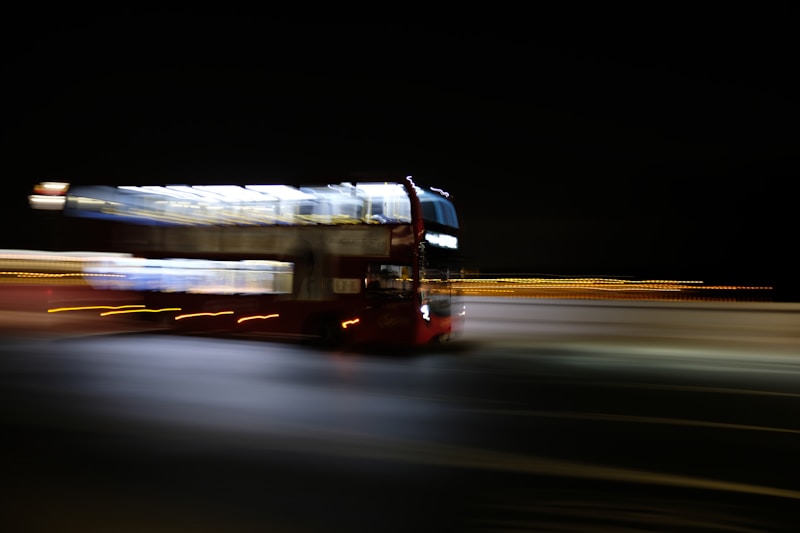Questions and Answers
Define speed and provide the mathematical formula for calculating speed.
Speed is the rate at which an object covers distance. Mathematically, it's the change in distance divided by the change in time: $v = \frac{Δd}{Δt}$.
Differentiate between speed and velocity.
Speed is a scalar quantity that only has magnitude, while velocity is a vector quantity that includes both magnitude and direction.
What does the slope of a distance-time graph represent?
The slope of a distance-time graph represents the instantaneous velocity of the object at that time.
Explain the concept of acceleration and provide the mathematical formula for calculating acceleration.
Signup and view all the answers
How do you calculate velocity using displacement and time?
Signup and view all the answers
Explain the difference between distance-time graphs and velocity-time graphs.
Signup and view all the answers
What is the equation to find velocity from a displacement-time graph?
Signup and view all the answers
How can you determine acceleration from a velocity-time graph?
Signup and view all the answers
What is the relationship between speed, velocity, and acceleration?
Signup and view all the answers
Explain the relationship between distance, time, and speed using an equation.
Signup and view all the answers
How do you find displacement from velocity and time using an equation?
Signup and view all the answers
What is the equation that relates displacement, initial velocity, acceleration, and time?
Signup and view all the answers
Study Notes
Exploring Motion: Distance-Time Graphs, Speed, Velocity, and Acceleration
Imagine you're watching a ball rolling down a ramp. Over time, it covers a certain distance and changes its position. This is a fundamental aspect of the physical world we live in: motion. As we dive into the exploration of motion, we'll navigate through the concepts of distance-time graphs, speed, velocity, and acceleration, and come to understand the equations that govern them.
Distance-Time Graphs
The first step in understanding motion is visualizing it. A distance-time graph, also known as a position-time graph, plots the distance traveled by an object against the time taken to cover that distance. The graph's slope at any point reveals the instantaneous velocity of the object at that time.
Speed
Speed, denoted by (v) or (s), is the rate at which an object covers distance. Mathematically, it's the change in distance divided by the change in time: (v = \frac{Δd}{Δt}). Speed is a scalar quantity, meaning it only has a magnitude and no direction.
Velocity
Velocity, denoted by (v) or (u), is the rate at which an object changes its position. This means it's both speed and direction. The mathematical definition of velocity is (v = \frac{Δs}{Δt}), where (s) is the displacement, the difference between the final and initial positions.
Acceleration
Acceleration, denoted by (a), is the rate at which an object's velocity changes. Its mathematical definition is (a = \frac{Δv}{Δt}). Acceleration can be either in the same direction as the velocity (positive acceleration) or opposite (negative acceleration). It can be caused by forces acting on the object, such as friction, gravity, or a push or pull.
Equations of Motion
Once we've grasped the fundamental concepts of motion, we can explore how they are mathematically described.
-
Displacement-Time Graphs To find the displacement or velocity at any time, we can read the graph directly or use the slope formula: (v = \frac{Δs}{Δt}) (or (v = m \cdot g \cdot \tan(\theta)) for uniformly accelerated motion on a slope).
-
Velocity-Time Graphs From a velocity-time graph, we can find the instantaneous velocity, as well as the acceleration, by taking the slope of the graph: (a = \frac{Δv}{Δt}).
-
Relationships between Speed, Velocity, and Acceleration The relationship between speed, velocity, and acceleration is: (v = \sqrt{u^2 + v^2}). Speed is the square root of the sum of the squares of the (x)- and (y)-components of velocity.
-
Relationship between Distance, Time, and Speed The relationship between distance, time, and speed is: (d = v \cdot t). This equation tells us that distance is the product of speed and time.
-
Relationship between Displacement, Time, and Velocity The relationship between displacement, time, and velocity is: (s = vt). This equation tells us that displacement is the product of velocity and time.
-
Relationship between Displacement, Initial Velocity, Acceleration, and Time The relationship between displacement, initial velocity, acceleration, and time is: (s = ut + \frac{1}{2}at^2). This equation is useful for finding displacement given initial velocity, acceleration, and time.
By understanding these concepts and relationships, we can describe and analyze the motion of objects in various scenarios, from everyday life to space exploration and beyond.
Studying That Suits You
Use AI to generate personalized quizzes and flashcards to suit your learning preferences.
Description
Dive into the world of motion by exploring distance-time graphs, speed, velocity, and acceleration. Understand the equations that govern these concepts to analyze and describe the motion of objects in different scenarios.




